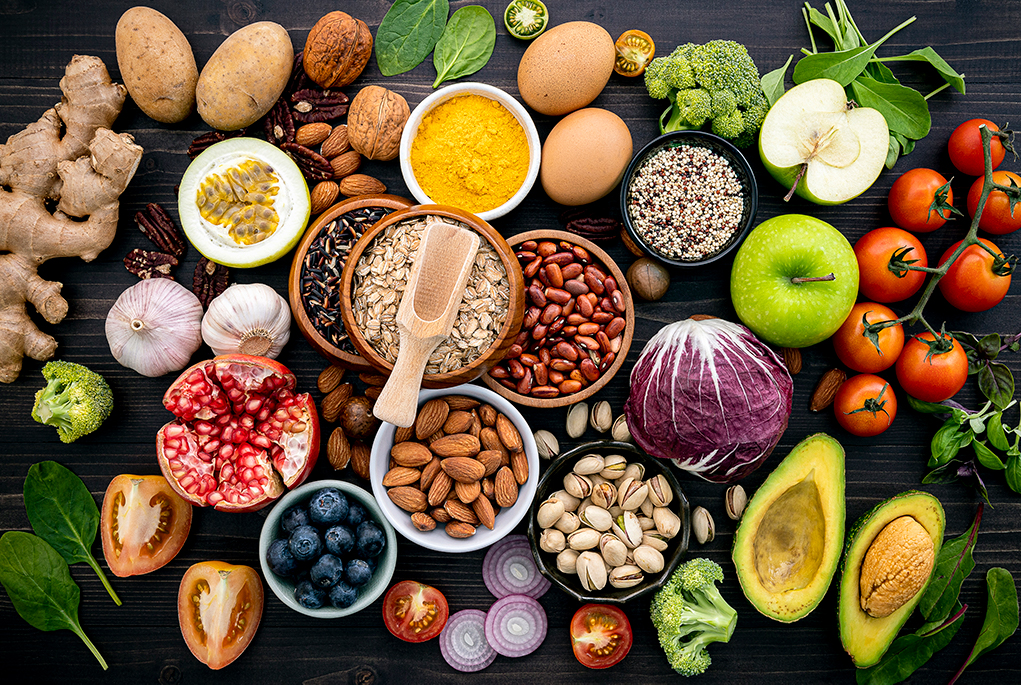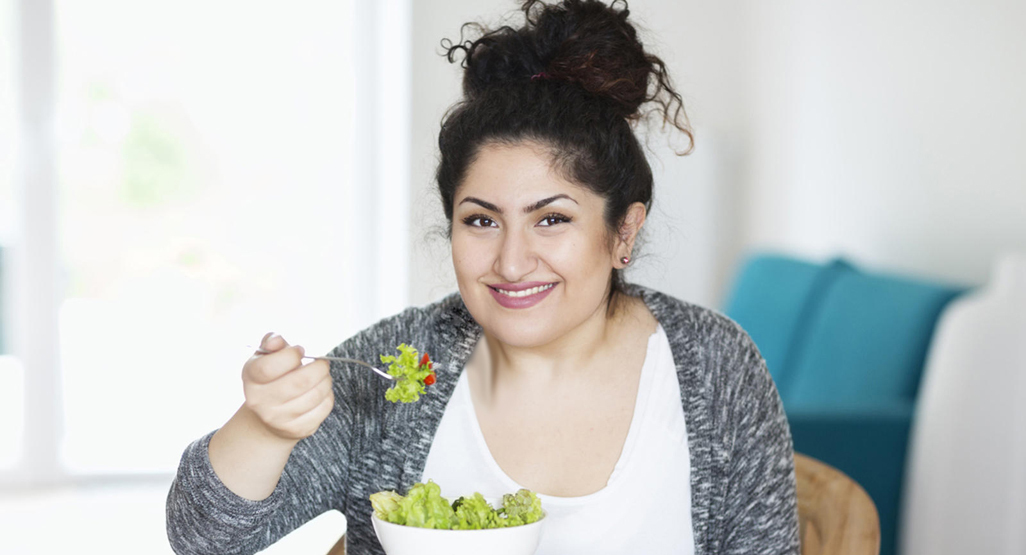
The Whole30 is a diet that resets your metabolism and cleanses your digestive tract. You won't have the option to eat fast food or junk food. Additionally, you will have to stay away from soy and dairy. But you can still eat plenty of vegetables and fruits, which can be an ideal alternative to fast-food. This list includes healthy snack and meal recipes. You don't need to sacrifice the flavor of the foods that you love in order to make these nutritious and delicious treats.
The Whole30 diet allows you eat many different kinds of fruits, vegetables and fats. Although you don't have to avoid all foods, the Whole30 diet does not require you to. The Whole30 website provides a list of prohibited and allowed foods. Besides, the free chart is available for download, so you can print it out, stick it in your wallet, or save it to your phone.
Although you cannot eat packaged foods, you can find them in stores that sell them. Even though these foods technically comply with Whole30, the Whole30 list doesn't allow them. Instead, it focuses on eating more natural and unprocessed foods - such as fruit, nuts, and seeds. While you are eating more vegetables than ever before, processed meat will not be available to you. So make sure to read the labels.

A whole 30 plan encourages you to eat more vegetables than you might normally. This is because vegetables contain more nutrients as well as fiber. The Whole30 diet does not allow cowboy ribeyes to be eaten for more than 30 days. Vegetables are rich in fiber and minerals. You shouldn't make fruit a staple of your diet. Fruits are high-in natural sugar. A lot of people don't even realize that they're eating too much sugar.
A whole30 diet will allow you to eat as many vegetables as you like, but it won't allow you to eat potatoes. While you can eat any fruit or vegetables you like, it's important not to consume too many processed cheeses and red meat. This is a common cause of bloating. These items will need to be bought from a grocery that carries them.
Fish and eggs are other Whole30-friendly food options. You can add them to stir-fries and salads, but you will need to be very careful not to eat too much of them. They can be eaten in moderation, provided you select the right types of food. Although you might not like chocolate, you still can eat almond butter or carrots. You can also use vegetable juice and almond butter in moderation.
Although the Whole30 diet is not right for everyone it is an effective way to detox your body, lose weight and improve your health. It's also an excellent way to feel healthier and eat better. If you're trying it for the first time, there are a few things to remember before you begin the program. It is a good idea to eat these foods often if you are unsure of what foods you should include.

Bananas or plantains can also be fried in coconut oils, which is permitted on the Whole30 food list. Coconut oil can be used to fry plantains and bananas, but avoid overripe bananas. Avocados are an excellent addition to the Whole30 diet. They can be used to curb your cravings. To reap the full benefits of Whole30, it's best to stick with it for at least a few weeks.
The Whole30 diet is an excellent way to kick your bad eating habits. You can avoid sugar and processed food. The main goal is to make your body feel good by focusing on real, whole, unprocessed foods. It doesn't require any calorie counting, portion measurement, or weight control. Whole30 can be done without following any traditional lifestyle. However, you need to make sure you aren't experiencing any side effects when you do Whole30.
FAQ
What is the problem of BMI?
BMI stands to Body Mass Index. It is a measurement of body weight based on height. BMI is calculated using the following formula:
Divide the weight in kilograms by the height in meters squared.
The result is expressed in a number between 0 - 25. Scores of 18.5 and higher indicate overweight, while scores of 23 and higher indicate obesity.
A person who weighs 100 kg and has a height of 1.75 m will have a BMI of 22.
What is the difference in calorie and kilocalories?
Calories measure the energy content of food. Calories are a unit of measurement. One calorie is the amount of energy required to heat one gram water one degree Celsius.
Kilocalories are another way to describe calories. Kilocalories can be measured in thousandsths of one calorie. 1000 calories are equal to one kilocalorie.
Why is it important to live a healthy life?
Having a healthy lifestyle helps us live longer, happier lives. A healthy diet, regular exercise and good sleep habits will prevent the development of diseases such as heart disease, stroke, cancer, diabetes, and Alzheimer's.
A healthy lifestyle helps us cope better when we are faced with everyday stresses. A healthy lifestyle can also help you feel and look younger.
How often do I need to exercise?
It is important to exercise for a healthy lifestyle. There is no set time limit for exercising. It is important to find something that you enjoy and stay with it.
If you are working out three times a weeks, aim to do 20-30 minute of moderate intensity. Moderate intensity means that you will still be working hard even after your workout is over. This type workout burns about 300 calories.
You can walk for 10 minutes every day if that is what you prefer. Walking is low-impact, easy on your joints, and it's also very gentle.
Jogging for 15 minutes three days a week is a good option if you prefer to run. Running can help you burn calories and to tone your muscles.
Start slowly if you aren't used to doing exercise. Start with just 5 minutes of cardio a few times a week. Gradually increase the amount of cardio you do until you reach your goal.
What is the difference of a virus from a bacteria?
A virus can be described as a microscopic organism that cannot reproduce in another cell. A bacterium is an organism that splits itself in two. Viruses are very small (about 20 nanometers) while bacteria are larger (up to 1 micron).
Viruses are often spread through contact of infected bodily fluids like saliva, urine or semen. Bacteria can be spread by direct contact with infected objects and surfaces.
Viral infections can also be introduced to our bodies by a variety of cuts, scrapes or bites. They can also be transmitted through the eyes, nose, mouth, ears, rectum, and anus.
Bacteria may enter our bodies through cuts and scrapes on our skin, burns, insect bites, and other wounds. They may also come into our bodies through food, water, air, soil, dust, or animals.
Both bacteria and viruses can cause illness. But viruses can't multiply within their hosts. They can only infect living cells and cause illness.
Bacteria may spread to other people and cause sickness. They can infiltrate other parts of the body. To kill them, we must use antibiotics.
Statistics
- This article received 11 testimonials and 86% of readers who voted found it helpful, earning it our reader-approved status. (wikihow.com)
- According to the 2020 Dietary Guidelines for Americans, a balanced diet high in fruits and vegetables, lean protein, low-fat dairy and whole grains is needed for optimal energy. (mayoclinichealthsystem.org)
- WHO recommends reducing saturated fats to less than 10% of total energy intake; reducing trans-fats to less than 1% of total energy intake; and replacing both saturated fats and trans-fats to unsaturated fats. (who.int)
- According to the Physical Activity Guidelines for Americans, we should strive for at least 150 minutes of moderate intensity activity each week (54Trusted Source Smoking, harmful use of drugs, and alcohol abuse can all seriously negatively affect your health. (healthline.com)
External Links
How To
How to Live a Healthful Lifestyle
Healthy lifestyle means you can maintain your weight, health, and fitness. It's a way of living that includes eating well, exercising regularly, getting enough sleep and avoiding harmful substances such as alcohol, caffeine, tobacco, drugs, and so on. Healthy living can help you feel better about yourself and keep you fit. A healthy lifestyle can help reduce your risk of developing chronic diseases such as heart disease, strokes, diabetes, cancer and osteoporosis.
The goal of this project is to give a step by step guide on how to live healthier lives. The first part of the project consisted of writing the introduction, which explains what a healthy lifestyle is, why people should adopt a healthy lifestyle and who we are. Then I wrote the body paragraphs. They contain various tips on how you can maintain a healthy lifestyle. Finally, I wrote the conclusion, which summarizes the whole article and provides some additional resources if needed.
This assignment helped me learn how to write a clear and concise paragraph. I also learned how topic sentences and supporting details can be organized. Additionally, I learned how to organize my ideas into topic sentences and supporting details. I also learned how to write with proper grammar.